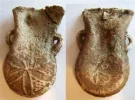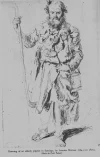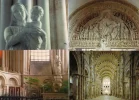sillydoll
Veteran Member
- Time of past OR future Camino
- 2002 CF: 2004 from Paris: 2006 VF: 2007 CF: 2009 Aragones, Ingles, Finisterre: 2011 X 2 on CF: 2013 'Caracoles': 2014 CF and Ingles 'Caracoles":2015 Logrono-Burgos (Hospitalero San Anton): 2016 La Douay to Aosta/San Gimignano to Rome:
You will often read in pilgrims' accounts of their pilgrimage to Santiago that it was the journey, not the destination, that was important to them.
On Archicompostela (the pilgrimage website) they disagree and say:
"The most important thing here is the Goal, not the Way. Jacobean Pilgrims do not go on pilgrimage for the sake of the Way. Through the Way they do get to the Tomb of Saint James "the Great .. Thus, the Way is just a means, a road the pilgrim walks along."
Has 'walking the camino - the Way' become the goal?
On Archicompostela (the pilgrimage website) they disagree and say:
"The most important thing here is the Goal, not the Way. Jacobean Pilgrims do not go on pilgrimage for the sake of the Way. Through the Way they do get to the Tomb of Saint James "the Great .. Thus, the Way is just a means, a road the pilgrim walks along."
Has 'walking the camino - the Way' become the goal?























